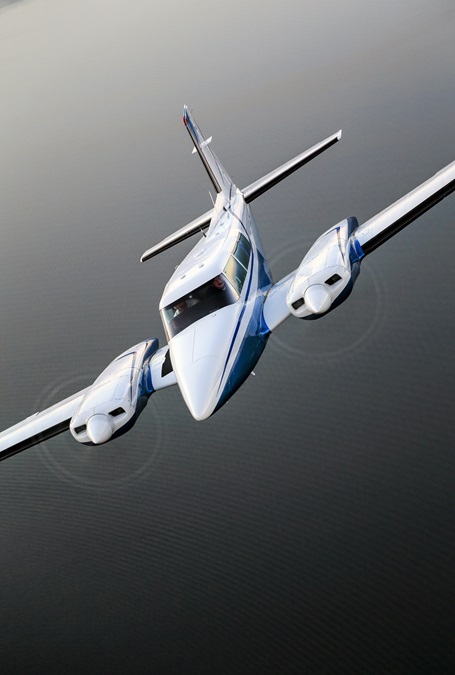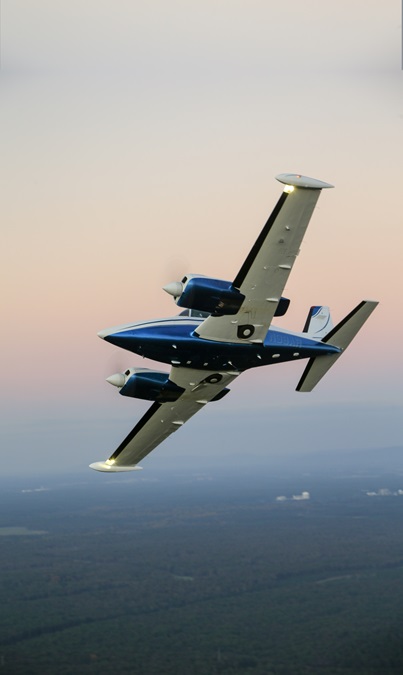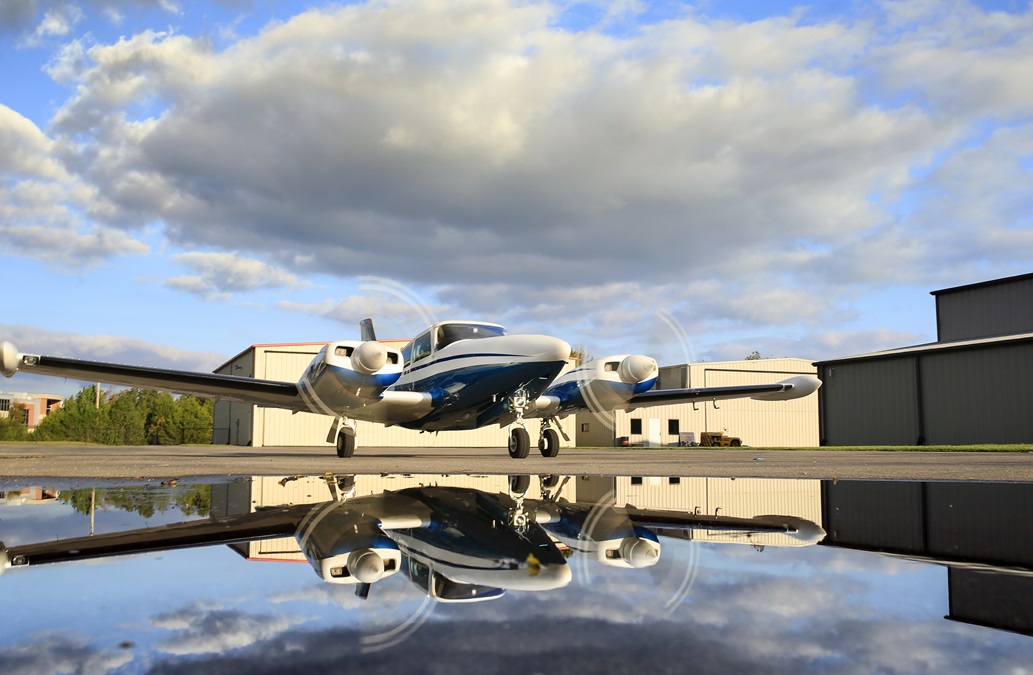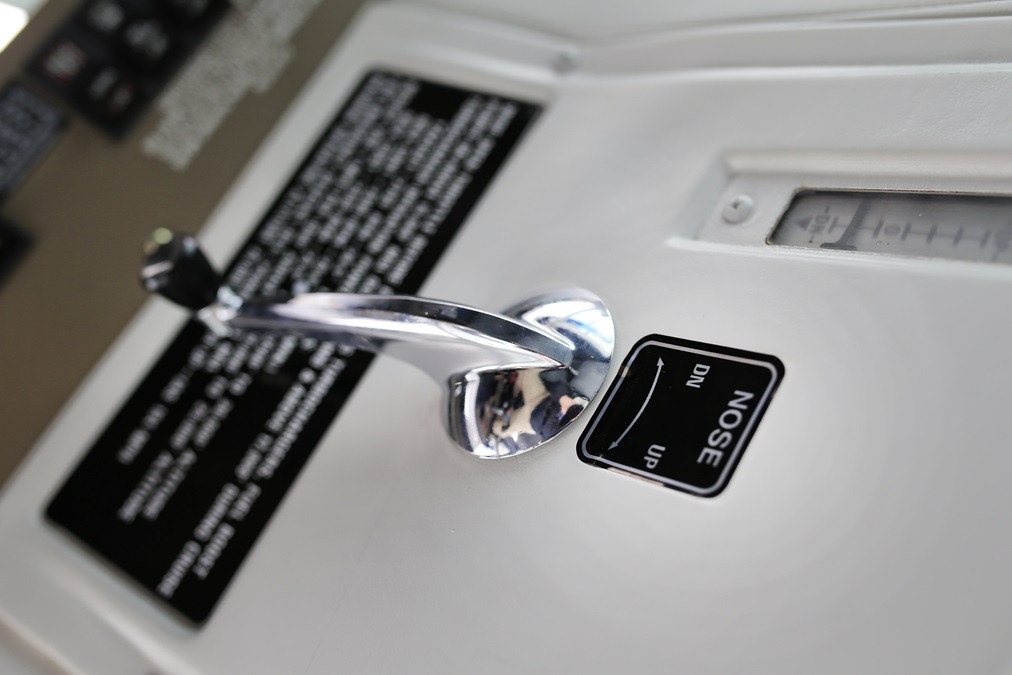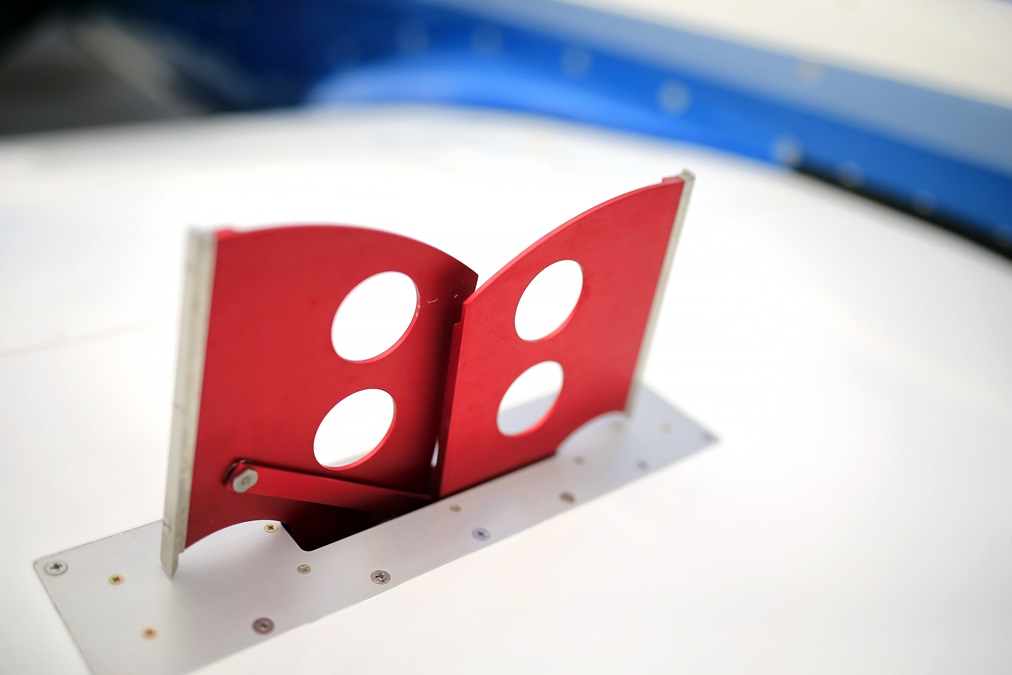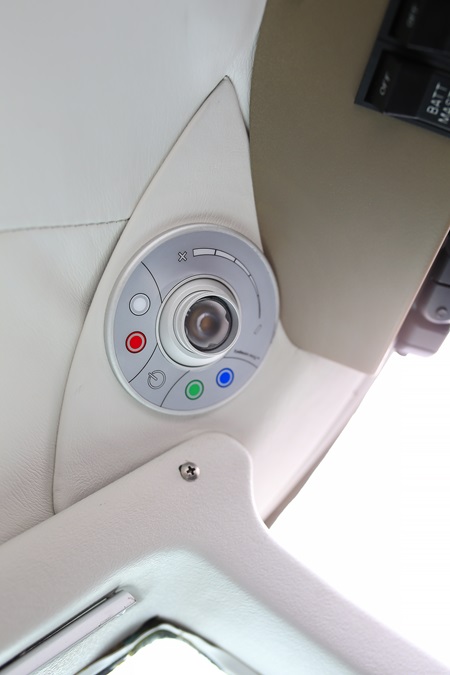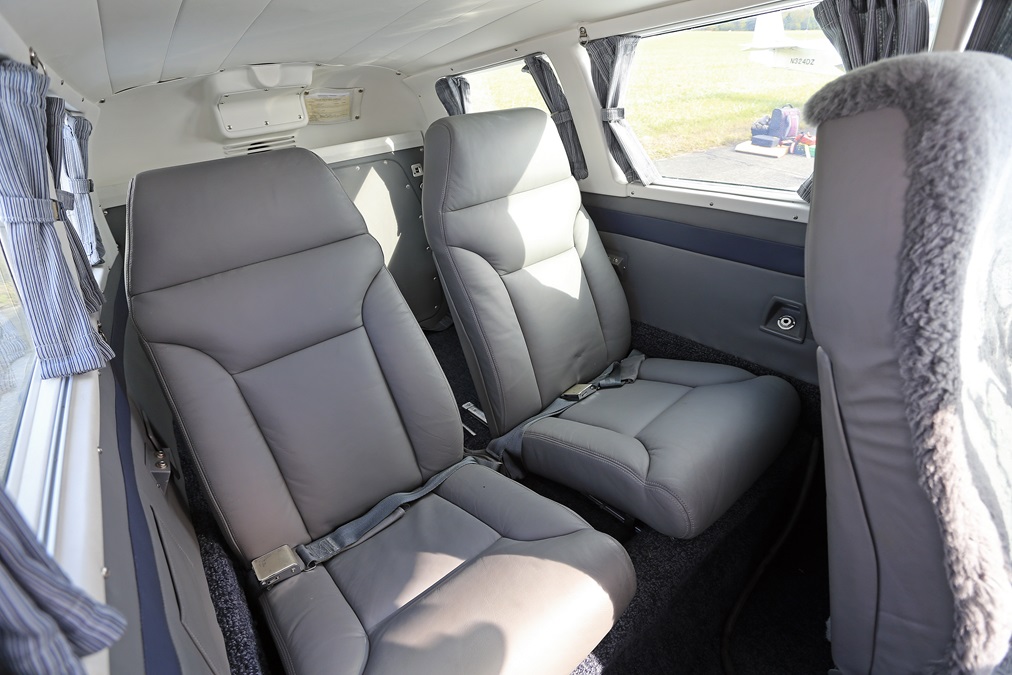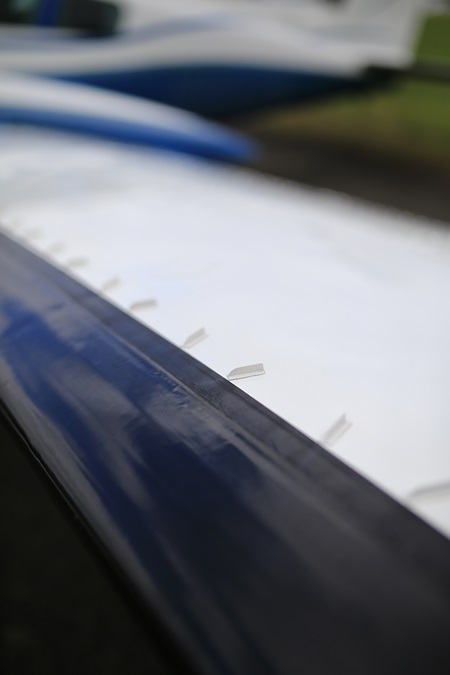Top Twin
How do you define value?
Why would anyone invest so much in a 46-year-old airplane? The answer is complex.
Ed’s aviation odyssey
Buying an airplane, especially for the first-time buyer, is a big event. One tries to hold on to fiscal discipline while being torn by emotions.
Pepper’s fascination with airplanes and aviation began at a young age in rural Illinois, where he saved his allowance and earnings from his job at McDonald’s for flight lessons. Once out of high school, he worked for a telephone company. Smitten by aviation, he left the phone company and enrolled at Parks College, in what turned out to be the last class that offered strictly an A&P curriculum. Armed with fresh A&P and private pilot certificates, Pepper settled in northern Illinois and returned to the phone company.
Pepper also had a fascination for guns, an interest that led to a home-based, part-time gun business. In 1974 Pepper opened a gun store in Bensenville, Illinois, and in 1978 he acquired a business partner. He used some of the proceeds of the partial sale to buy a new Mooney 201. He subsequently bought a 1980 American Champion Citabria, a 1964 Twin Comanche, a 1985 Cessna 414A, and a Cessna L–19 Bird Dog.
To be near family, Pepper moved to Missouri in 2003, and in 2004 he bought 70 acres of land near Belle, Missouri, where over a few short years he built a home; an airstrip, charted Pepper Field (MU14); and a hangar. In 2007 he decided to reenter the gun business by opening Osage County Guns at his rural facility. Osage County Guns, Pepper proudly claims, is the only fly-in gun shop in the nation. (He welcomes fellow pilots to his 2,300-foot strip, but does suggest calling ahead to make sure that the runway is in good shape.)
Pepper’s fond memory of his efficient Twin Comanche, coupled with the costs of flying the big cabin-class Cessna, led to his decision in 2012 to find a Twin Comanche that would perform similarly to his Chancellor. During transition training Pepper started thinking about avionics options. Then he talked with Bill Roundtree and Ken Talhelm at Muncie Aviation, and that’s when things took off.
Miller conversion in a nutshell
Supplemental type certificates originally owned by J.W. Miller Aviation of Texas enable modifications to the Twin Comanche such as an extended nose with a baggage compartment, nacelle lockers, and a 40-horsepower increase per engine utilizing Lycoming’s 200-horsepower IO-360. Roughly 2,200 PA–30/39s were built, and anecdotal information suggests there are about 100 Miller mod-equipped PA–30s. Many are early PA–30 or –30Bs, and not all of them have the same level of modifications.
Only about 12 PA–30C models with Miller mods exist; more significantly, only three or four are turbonormalized, and fewer have hot props and an ice plate for the pilot’s windshield. N99AR is a turbonormalized 1969 C model, with 200-horsepower engines, hot props, windshield deice plate, baggage compartment in the nose, nacelle lockers, and eight fuel tanks for 140 gallons (134 usable). Additionally, after painstaking research, Muncie Aviation obtained the certification needed to install deicing boots, a rare Twin Comanche mod. Pepper selected the upgrade to gain better utility out of the twin.
Add to all of this a new panel with Garmin avionics, digital radar, Century 4000 autopilot, JPI 960, all magneto and operational switches moved to a new console above the windshield, and more. Muncie Aviation also worked closely with MJ Aircraft Interiors in Anderson, Indiana, for the design and installation of a new interior.
I want what I want
Pepper’s Twin Comanche is a manifestation of Pepper’s perfectionism, experience, and vision. Yes, spending a lot on conversions is compromising short-term liquidity, but on the other hand, you can’t take it with you. Today the cost of acquiring a new general aviation aircraft is prohibitively high for most pilots. This economic reality adds value to legacy aircraft, especially when they are enhanced by innovative mod shops, STCs, and owners who dare to defy the status quo.
Pepper’s Twin Comanche is truly a one-of-a-kind airplane whose utility and performance exceed those of newer airplanes with higher price tags. Thanks to Pepper’s vision and Muncie Aviation’s relentless labor and skill, N99AR flies a little closer to heaven, where it so aptly belongs.
Author Steve Zaboji is an ATP, CFII, MEI, and Comanche Flyer Foundation/Comanche Pilot Proficiency Program instructor with 12,500 hours. He flies a Bonanza A36 based at Dulles International.
Photography by Chris Rose
